The Genuine Secret of Becoming a Better Photographer
/The Genuine Secret
of Becoming a Better Photographer
How a trip to Bodh Gaya and meditation under the Bodhi tree changed my photographic life.
And how it can change yours!
I don’t generally like to pull out the photographer age and experience trump card but I’m going to do it here because it’s a subject I’m passionate about. And one I have seen played out in my own photographic life and career and the career of hundreds of other photographers that I have been privileged to be on this photographic journey with.
The answer may surprise you. The genuine secret of becoming a better photographer is not just the mastery of technical skills. It’s not the proficiencies of techniques. It’s not the command of camera features and functions. It’s not even your ability to see, frame and compose. While all these divergent skills and habits do indeed play a significant part in you becoming a better shooter, the honest-to-goodness, genuine, heartfelt secret to becoming a better photographer is to first learn to become a better human being! Done!
Even in a craft like photography, you can't always and neatly separate “doing” from “being”. They are flip sides of the same coin. They go together like a bicycle built for two. One doesn’t exist without the other. The “doing” part always grows out of the “being” part. Maybe that is why we are called “human beings” and not “human doings”?
Can jerks and assholes take good photographs? Sadly, yes they can. And our photographic history is full of examples of this dichotomy. These cantankerous, bad-tempered, argumentative, cocky, uncooperative photographers are the exception and not the rule.
The rule is that great photographs are generally born out of photographers with great hearts.
Finding A Balance
It has always irritated me, especially in photography circles, that we seem to spend a disproportional amount of time, energy and focus on the craft side of photography – techniques, menus, buttons, features, functions, gizmos and gadgets; with little credence and homage to the actual photographer taking the photograph. We obsess with the how-tos rather than the why-tos.
That’s probably because this conversation is less awkward, unpleasant, embarrassing, uncomfortable. But in our efforts to avoid the tough and obvious talk, we sometimes miss the point.
And the point is: to be a better photographer, at all levels, you must first earn the secret of being a better human being. You need to connect these dots, knot and infuse them together, make them an inseparable part of raising your camera to your eye.
If I had a choice between working on my camera skills and working on myself, hands down, I would choose the later. Why? Because, in truth, working on your core-self almost always leads both to better photographs. That’s the way it is supposed to work. The “doing” part naturally flows out of the “being” part. Hardly ever the other way around.
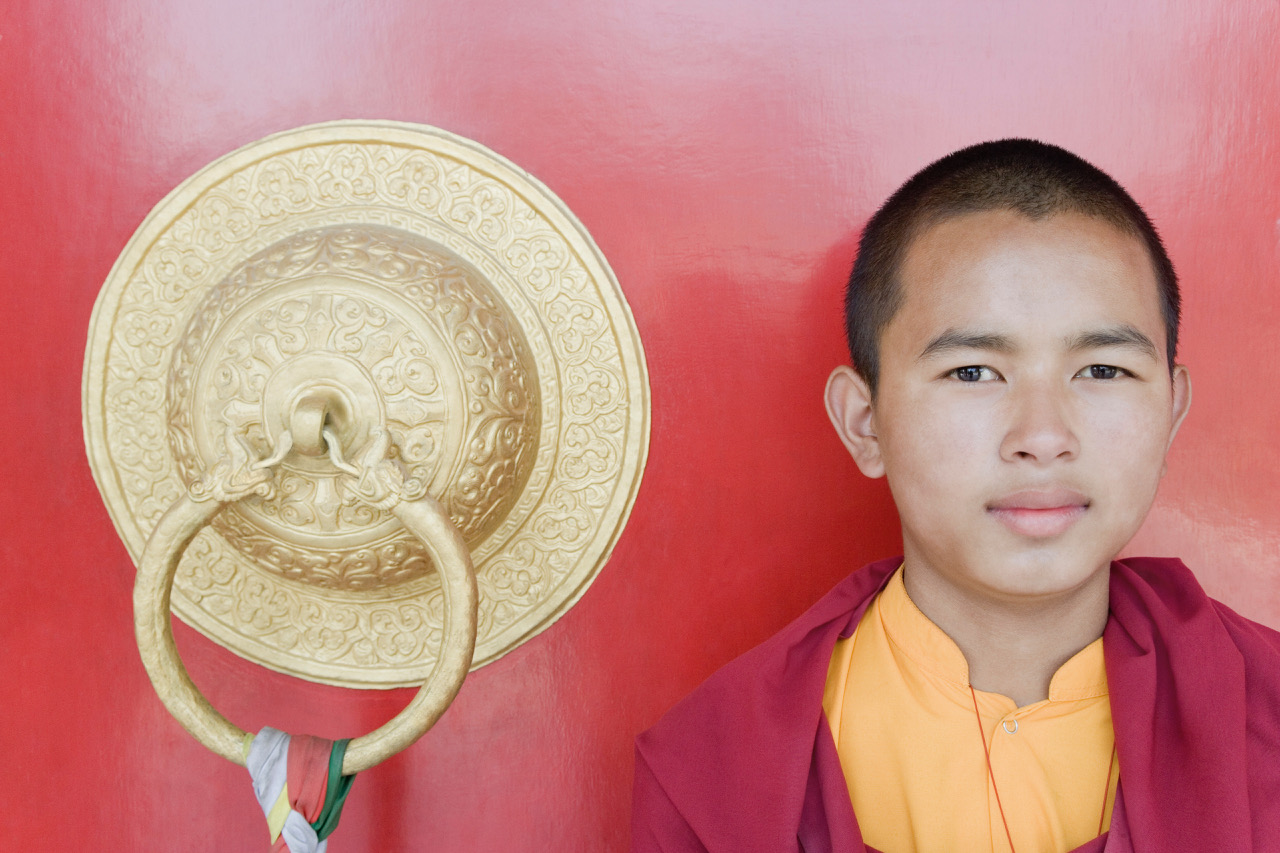
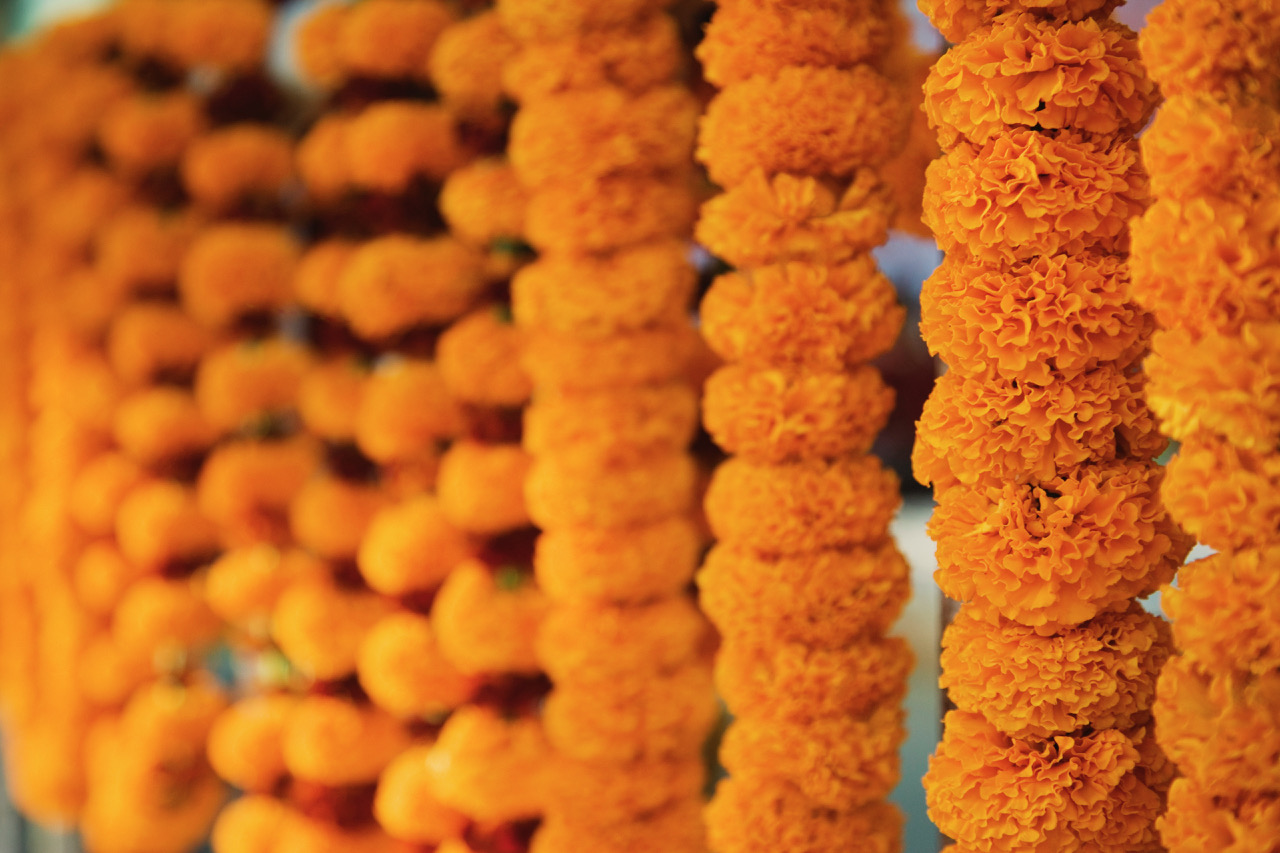
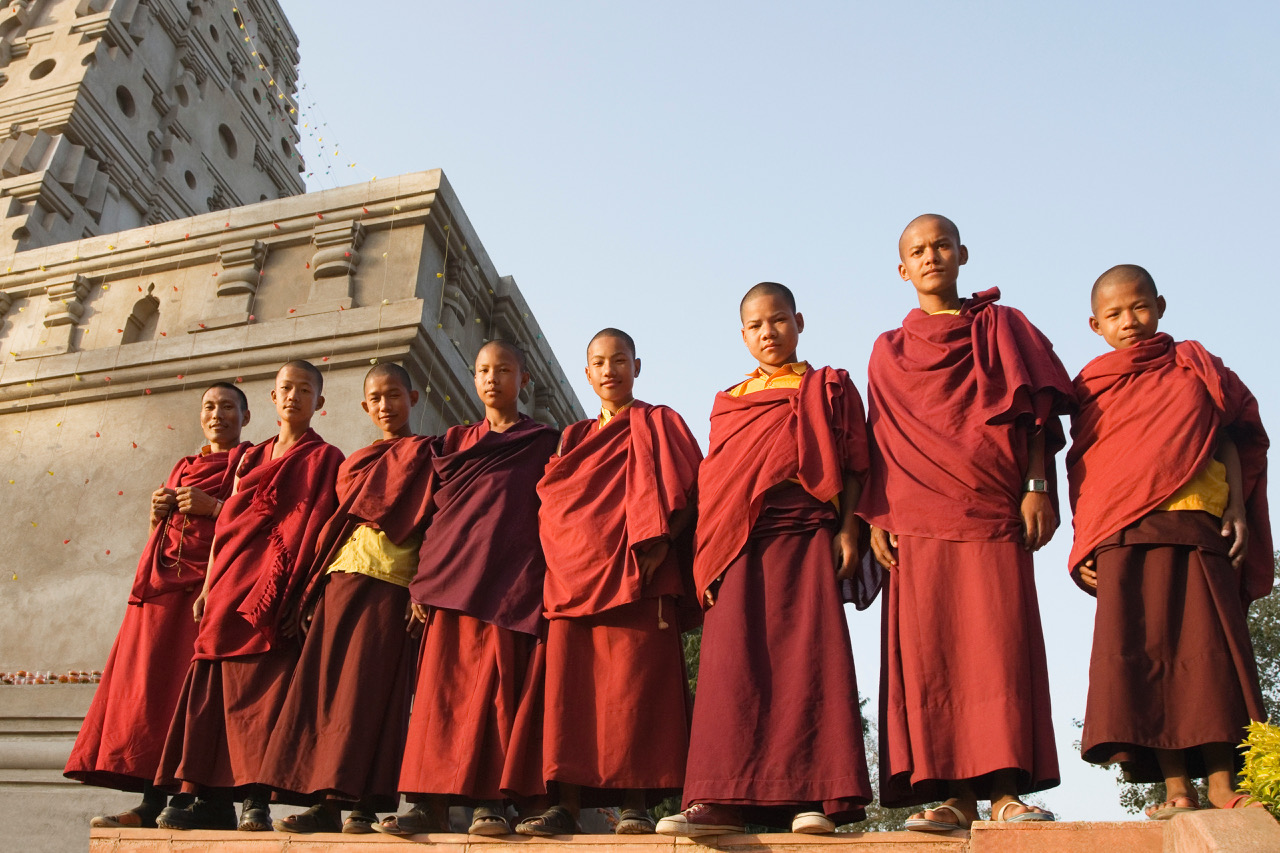
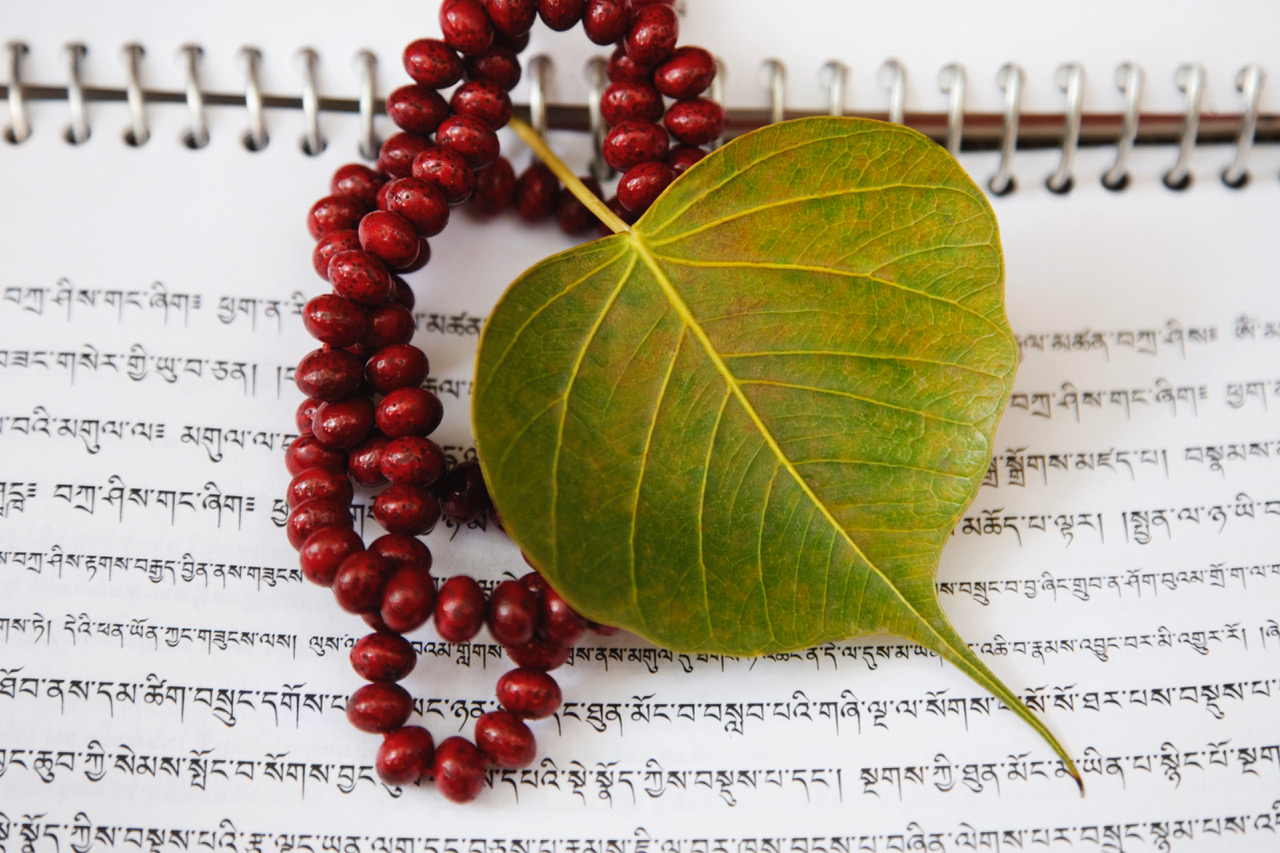
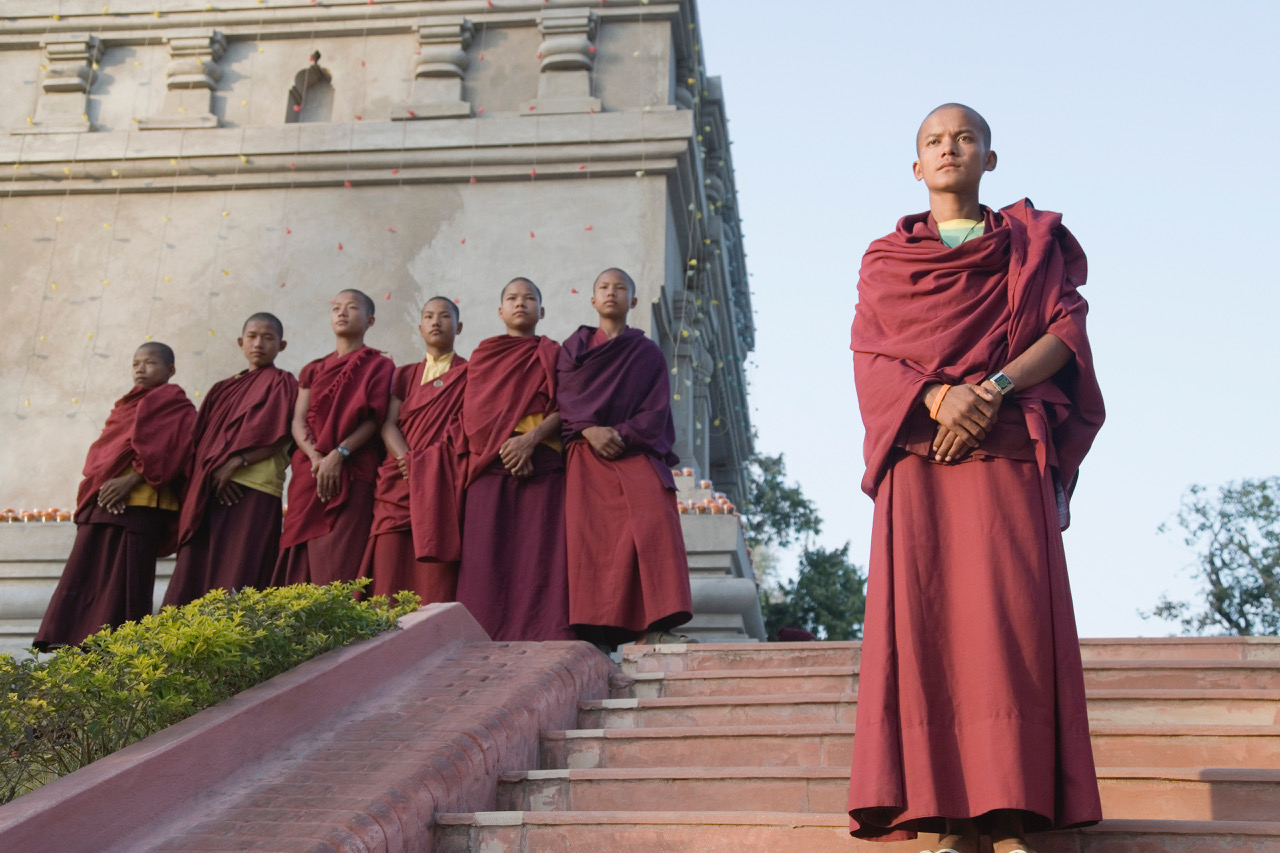
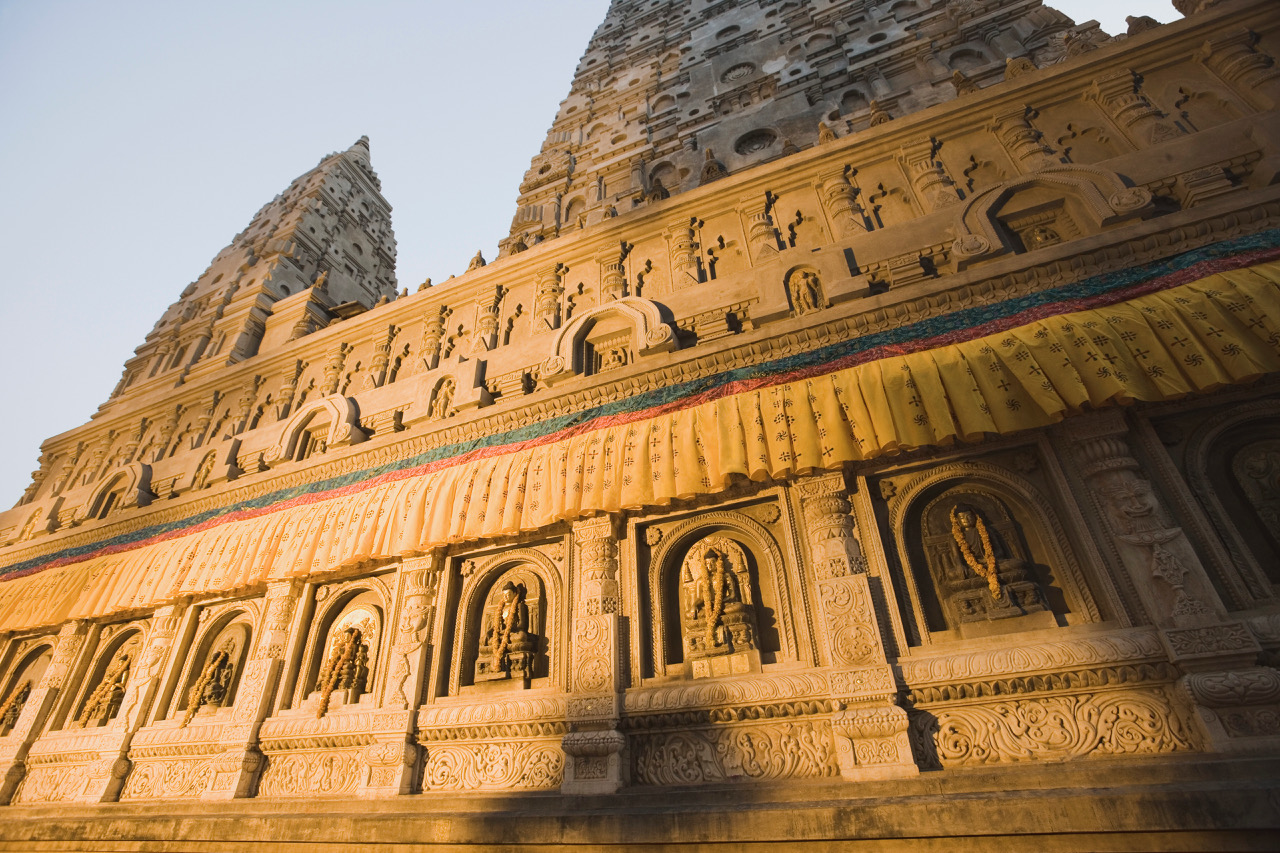
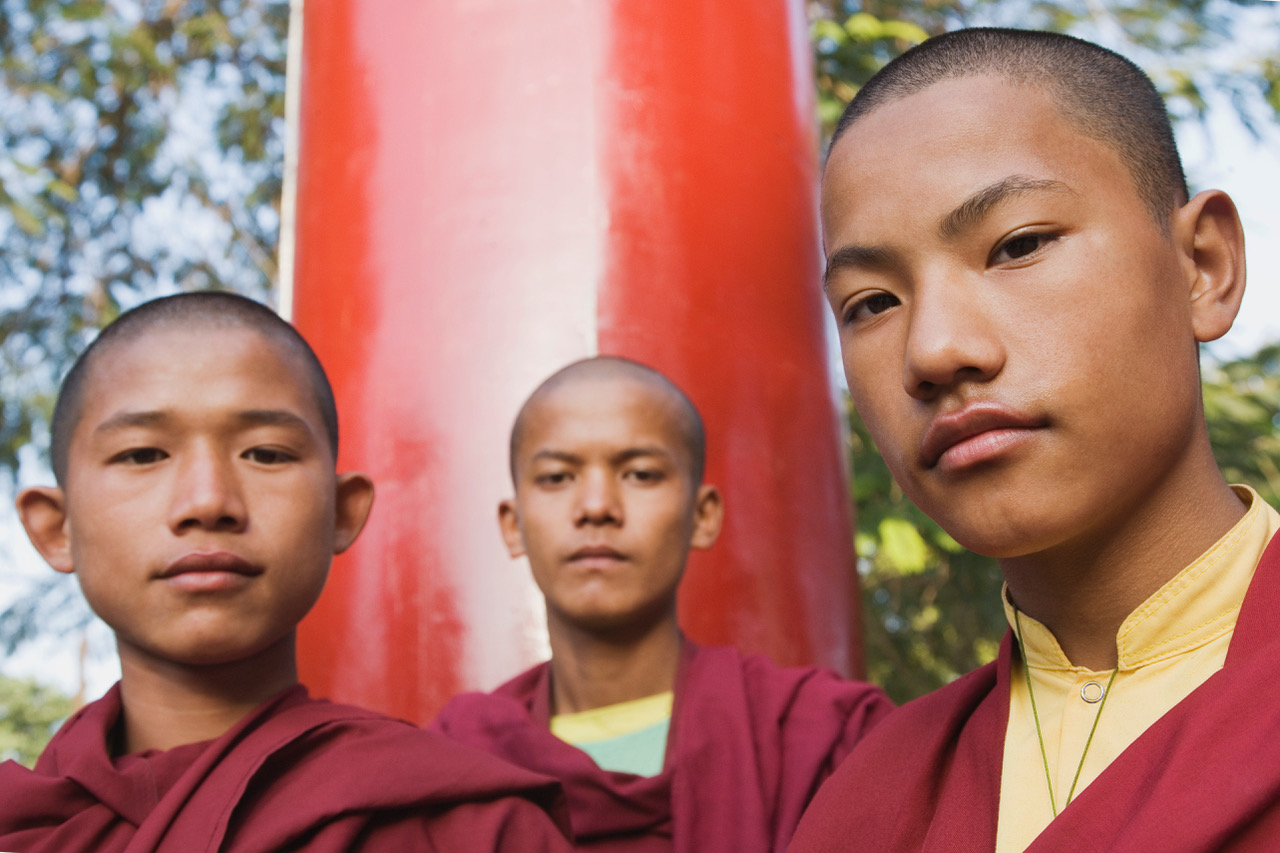
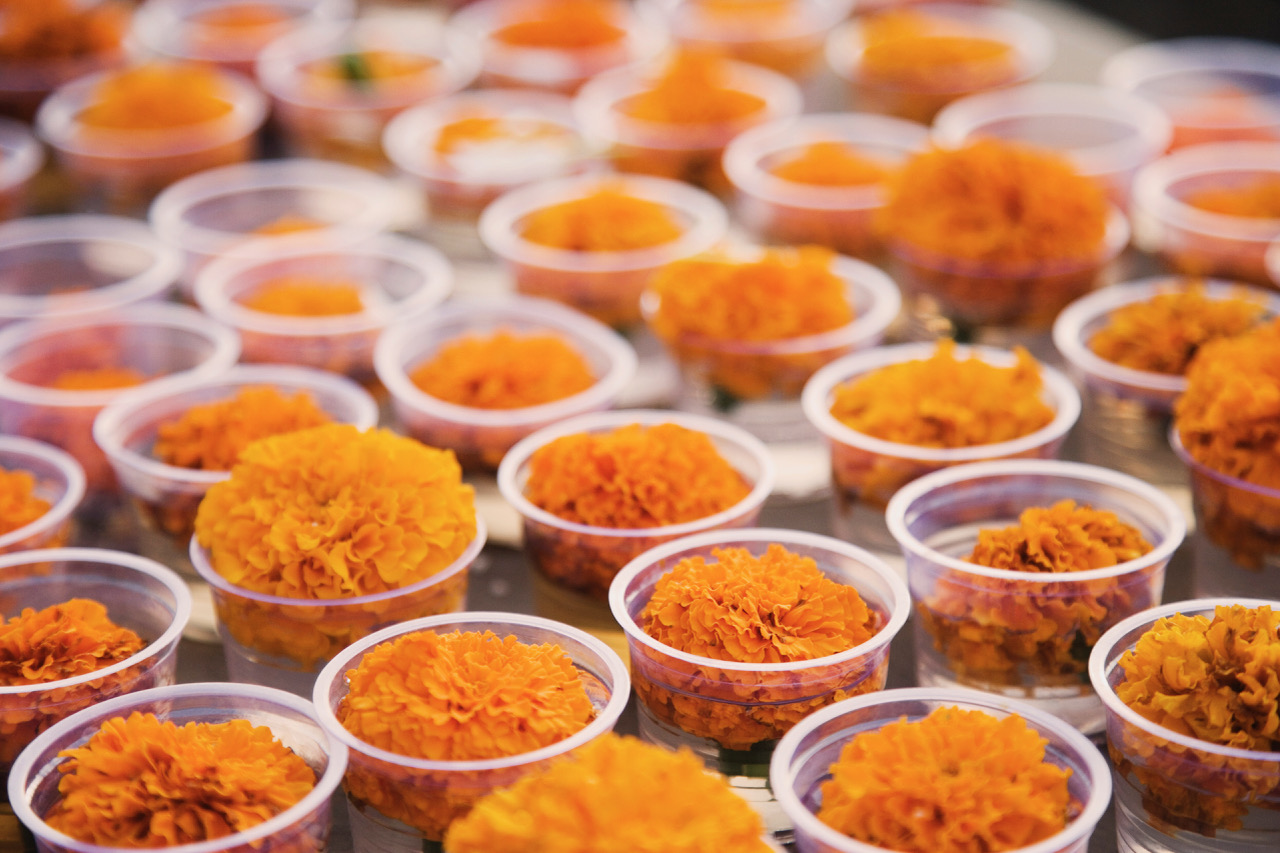
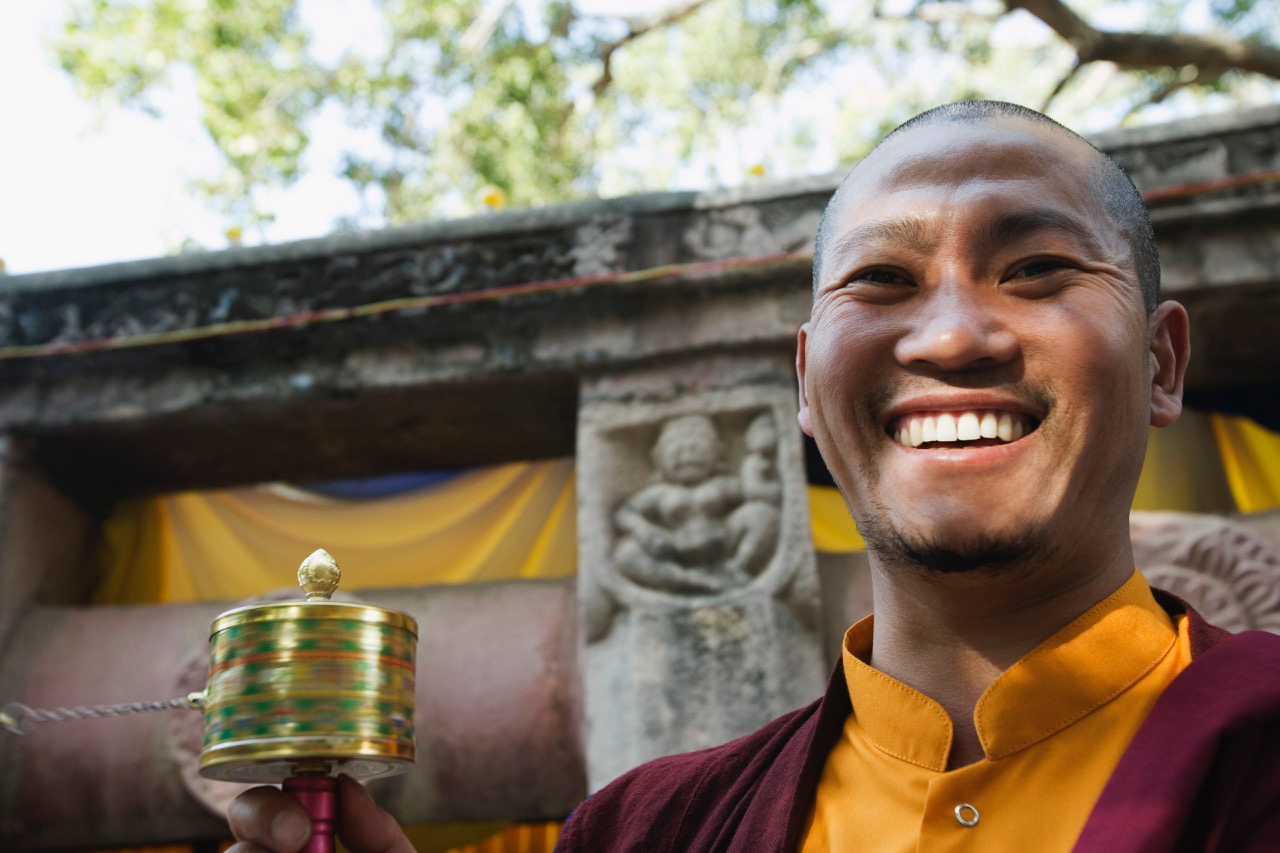
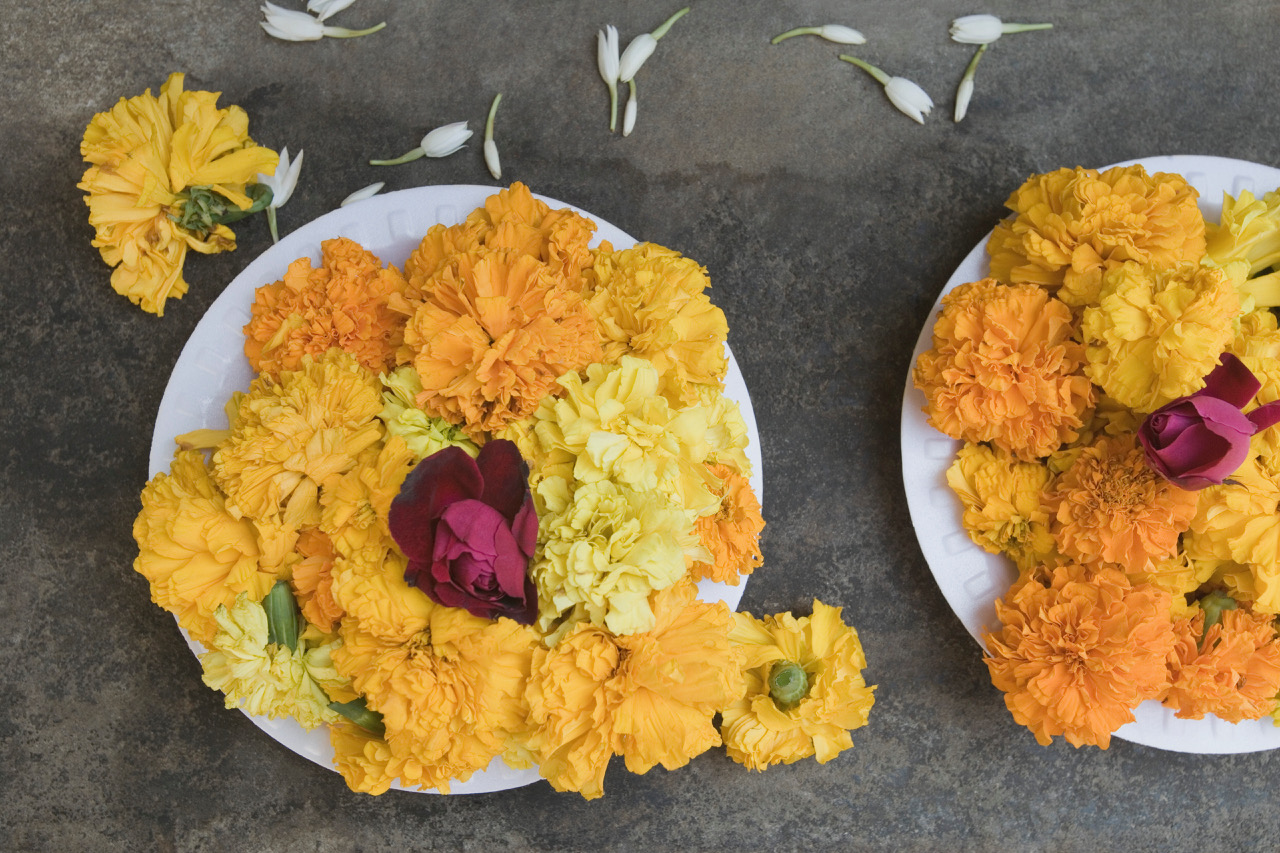
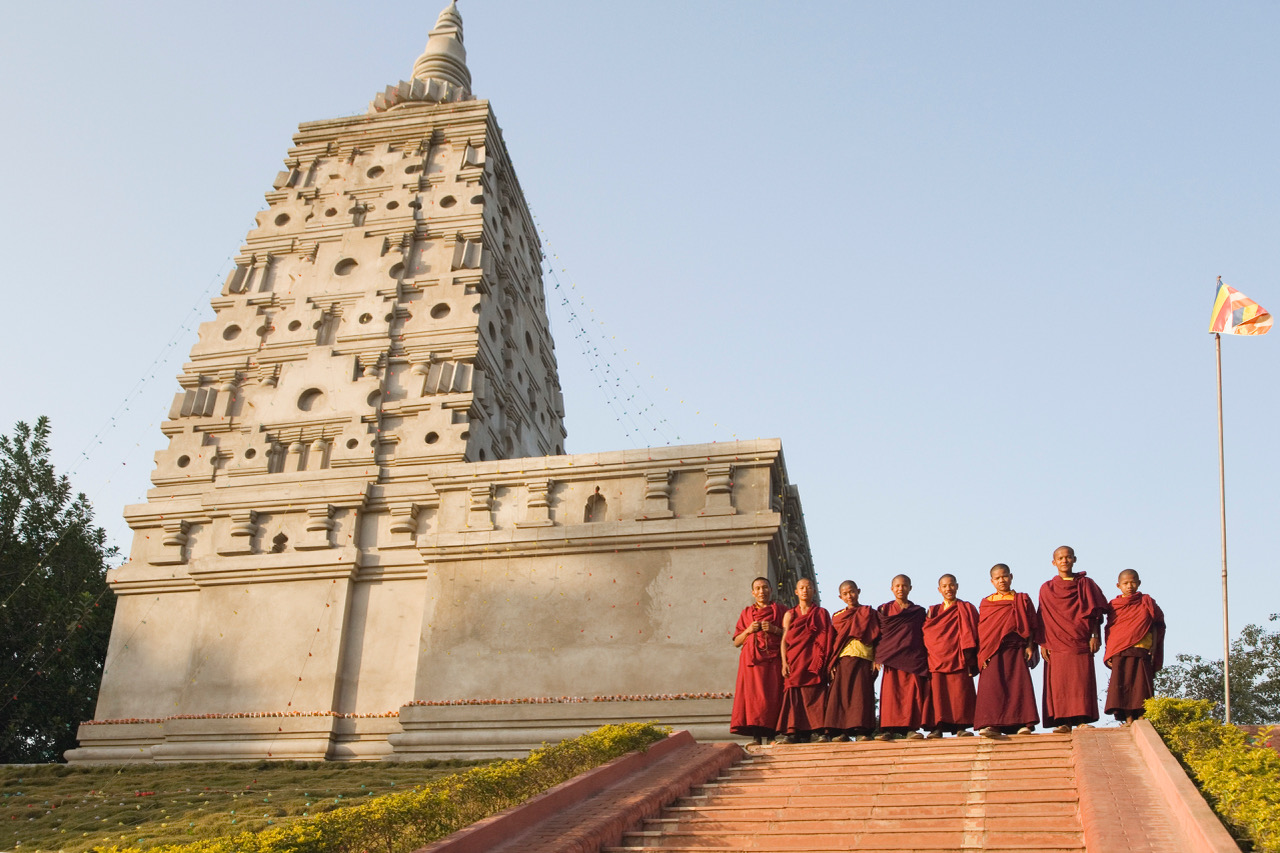
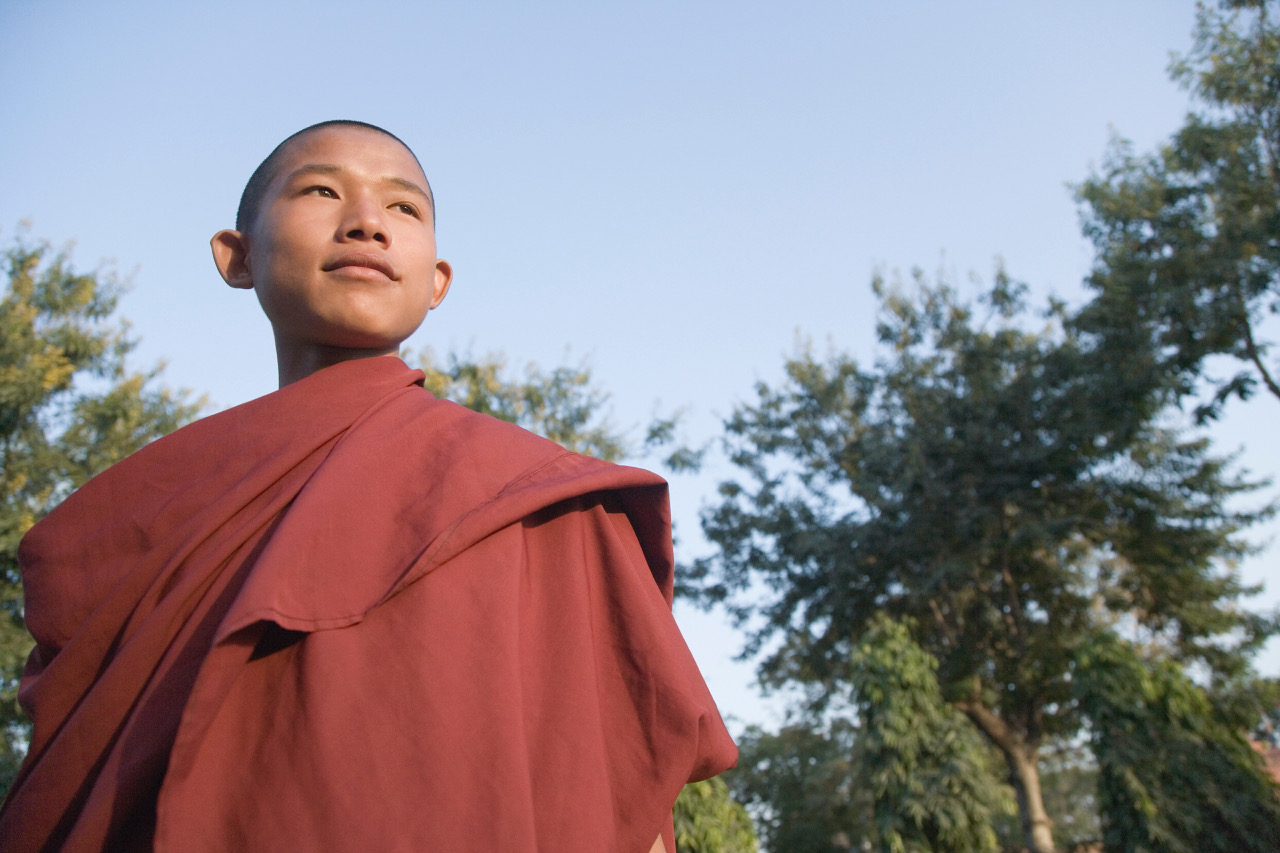
* All these images were shot on a Canon 1DS.
The Bodh Gaya Story
I want to tell you a very personal story of photographing at Bodh Gaya, India – the place of enlightenment. It’s a religious site associated with the Mahabodhi Temple in the India state of Bihar. It is a famous pilgrimage site and the place where Gautama Buddha is said to have found enlightenment under the Bodhi tree. For the record, I’m not a Buddhist. So I have no skin in this game. But I am a seeker and open to lessons from the universe, and from wherever and whoever they come from. This is one of those life lessons.
I happened to be photographing this sacred site, with my dear friend Mana Lohia, during one of Buddha’s birthday celebrations. It was a site unlike anything I had every seen before. There were over 10,000 young and old buddhist monks present, dressed in spice-colored robes, in shades of curry, cumin, paprika and, of course, saffron. It was truly a remarkable, one-of-a-kind, picture-perfect opportunity.
The problem, as you might have imagined, is that there were hundreds of photographers here, amateurs and professional alike. All jockeying and maneuvering themselves for the best vantage points of the festivals events, ceremonies and portraits.
As I had covered world events like this, in the past, I was all too familiar with the photographer mantra of getting-the-shot-at-all-costs. Yuk!
So, sadly, it came as no surprise that, even in this sacred environment, I met more than a few aggressive and bellicose photographers who were covering the event.
These seemed to be more interested in the product of their photography than the process of their photography. More interested in getting-the-shot than making a connection. More interested in themselves than the very monks they were photographing.
Over the course of the first 8 hours of shooting, I witnessed the ceaseless frenzy of the push-and-shove. It was surreal. Like I was watching the characters in a movie but not identifying with any of them. I knew there had to be a better way to get the shots I desperately desired and, at the same time, make a positive and karmic impact with the monks that I shot and momentarily shared that sacred space with.
Was there a win-win here? A better way? A kinder, more gentler way? A more human way?
So I took a short break and sat under the Bodhi tree (yes, the same tree that Gautama Buddha sat under), along with hundred of other Buddhists devotees. Literally, within minutes, this crystal clear and thunderous message filled my hear and mind,
To be a better photographer, you must first learn to be a better human being.
It was a cosmic, voice-of-God experience. I’ll never forget it. And it’s a lesson that I have embraced ever since. And a lesson that has had more direct impact on my photography than any camera, lens or accessory I ever owned.
Was it really that simple? Yes it was. The path to being a better photographer and taking better photographs had nothing to do with the camera in my hand but the character in my heart. It was an internal, not external journey.
Over the next 48 hours I vigorously applied this lesson to every shot I took. Granted my picture yield wasn’t as quantitatively deep as it normally was. But the pictures that I got resonated with me more viscerally that anything I had shot in a very long time. And I'm quite certain, that if you talked to the monks I photographed, their connective experience with me was the same – human and positive. More than getting great imagery, I learned the greatest lesson of my life and career: “To be a better photographer, I needed to first learn to be a better human being.”
Don’t complicate this. Listen to your heart.
* All these images were shot on a Canon 1DS.
Practical Suggestions
Photographically speaking, when you are in the zone, it’s hard to prioritize the “being” over the “doing”. But I’m here to tell you that if you do, almost magically and miraculously, your photos will take on new dimensions, depth, significance. I think it is the universe's way of giving back to you?
So how do you do this? You begin by slowing the pace down, breathe, take it all in. Feel the pulses and rhythms of the subjects, scenes and scenarios you shoot before you ever raise your camera to your eye. Celebrate the process of what you’re doing as much as the products you’re creating.
If you are shooting people make the experience about them, not about you. Maintain eye contact. Touch. Smile. Use sensitive body-language. Make your craft less about aptitude and more about attitude. Show respect. Be genuinely humble. Make it your goal to make a positive impact on the people you shoot. Help build their self-esteem. Be an ambassador of graciousness, generosity, class, goodness. Above all, listen carefully to the prompts of connecting your head and heart. Being and doing.














